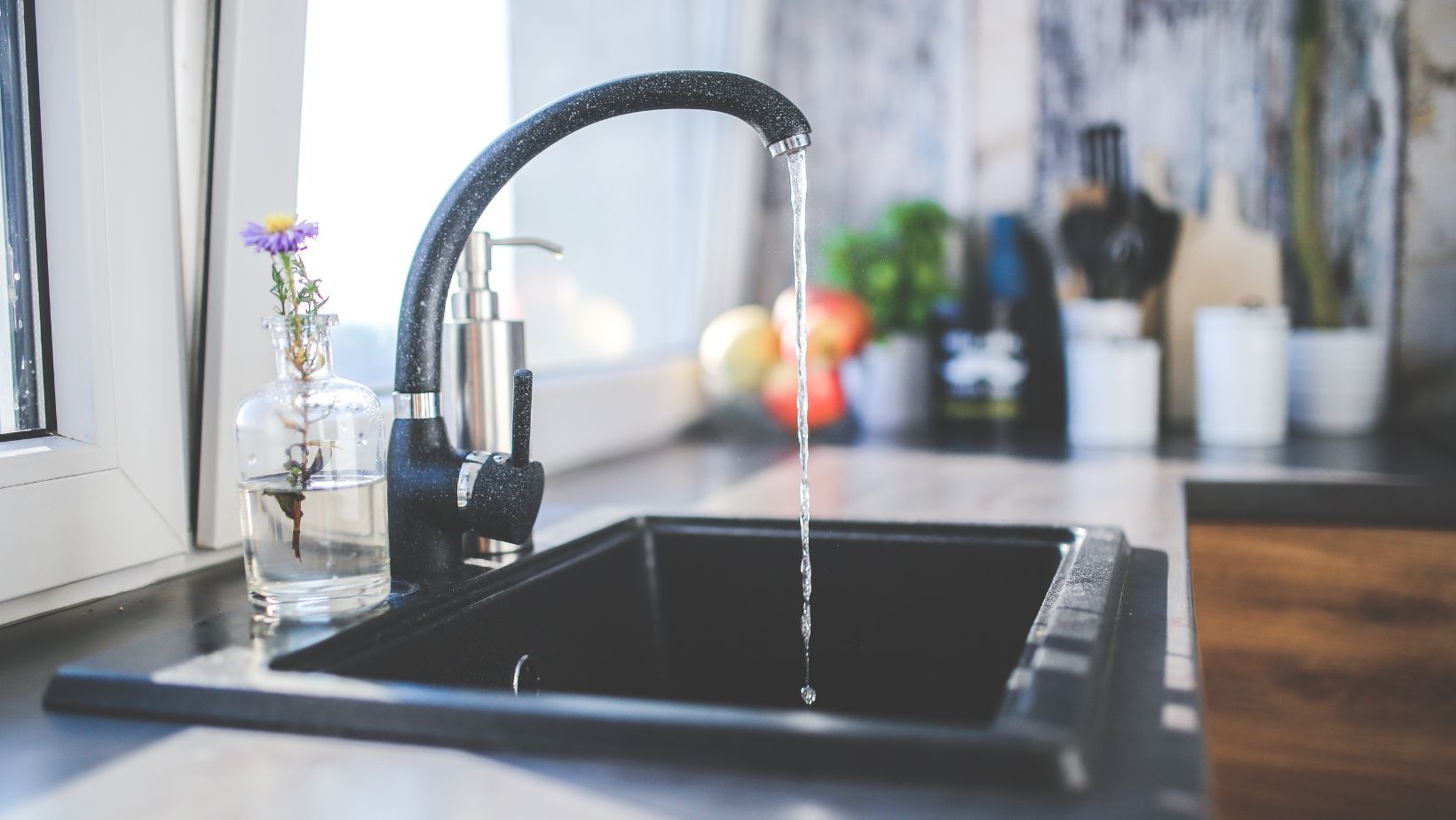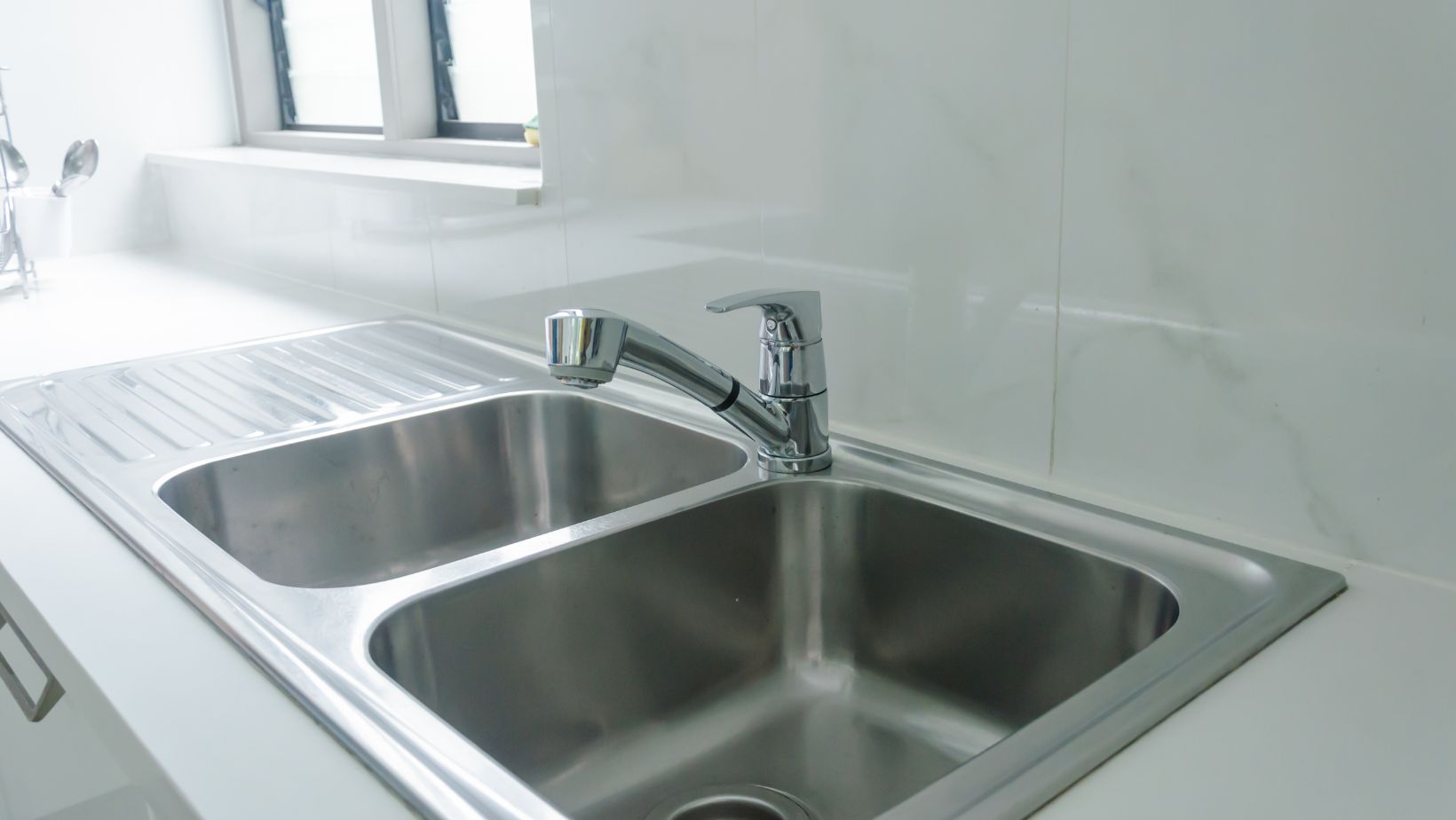Amid worsening climate change, we must examine every aspect of modern living, from workplaces to homes. You may use sustainable cleaning products and consume organic foods. But what if your house has deep-set sustainability challenges? Plumbing is one such potentially problematic area that deserves a reevaluation.
The US EPA reports that household leaks waste almost 1 trillion gallons of water yearly. These could be in your faucets, showerheads, and toilets. Your in-ground irrigation system could also be wasting water.
Apart from leaks, a home may have other plumbing issues, like inadequate drainage and non-biodegradable materials. These problems can cause water contamination and adverse environmental impacts.
Here are three considerations to make household plumbing more eco-friendly.
Table of Contents
Toggle1. Prefer Eco-Friendly Piping
Grand View Research reports that eco-friendly piping materials are popular in Europe because of strict environmental regulations. The EU prioritizes sanitation alongside energy efficiency, encouraging more manufacturers to create eco-friendly solutions.
Among standard piping materials are PVC (Polyvinyl Chloride) and CPVC (Chlorinated PVC).

They are a lightweight and affordable solution with good corrosion resistance. However, their health and environmental impact can be significant. Science Direct notes that PVC can fragment into micro- and nano-plastics, which adds to the global plastic crisis.
Instead, you can consider sustainable options like clay, which is also chemical-resistant and durable. Some innovative solutions like linoleum piping have also entered the industry. Linoleum is constituted from natural ingredients and is fully biodegradable.
The ideal choice for your home will consider durability, toughness, and the environmental footprint. The cost is also vital since some greener materials may be considerably more expensive. For example, clay piping and installation are costlier than PVC, as the material is more fragile and needs careful handling.
Speak to your contractor for biodegradable and sustainable piping materials that fit your budget.
2. Ensure Drainage Does Not Cause Water Contamination
In the UK, some London homes are unwittingly contributing to water contamination because of a sewage mixup. In November 2024, the Metro reported that 84 West London houses had incorrect plumbing. It has led to toilet waste getting directly dumped into the Brent and Crane rivers, tributaries of the Thames.
The BBC reports that exposure to contaminated water can cause health issues like diarrhea and vomiting. It can also lead to liver infection.
You can avoid contributing to a scenario like this by insisting on a pre-purchase drain report before finalizing a house deal. It will ensure that there aren’t any hidden drainage issues that can cause unexpected expenses at later stages. For example, a CCTV drain survey in London can examine drainage systems in the neighborhood.
According to Proline Drainage, advanced camera technology for drain surveys can quickly detect blockages and leaks. You can make an informed decision that will not incur extra future expenses and be safe for the surrounding community.

With the advancement of AI, plumbing can become more intuitive and environment-friendly. AI lets you detect potential leaks and suggests maintenance that can protect you from higher expenses in the future. Some plumbing companies now use automated diagnostics to assist them on projects, delivering faster results.
3. Install Low-Flow Faucets and Fixtures
Another sustainable plumbing approach is low-flow choices for bathrooms and kitchens. They are a straightforward way to conserve water without affecting the system’s efficiency or daily life. Many such faucets use aerators and flow restrictors to help you save water.
The idea might seem uncomfortable at first. Wouldn’t the lower flow of water be inconvenient? However, many studies report that we could manage just as well with much less water. Besides environmental benefits, you could also incur economic savings. Each family member can take responsibility for superior water management.
In 2017, the US EPA estimated that the average family in the US could decrease water use by a minimum of 20% to 60% a year. Accordingly, America has used high-efficiency toilet standards since then-President George H.W. Bush established them in 1992.
Current news reports suggest President Donald Trump might change things in the US. He insists that low-flow options are inefficient and inadequate. Be that as it may, low-flow solutions are sustainable and can be used for all water outlets, from showerheads to sink taps.
Plumbing may seem like a more technical area you cannot intervene with while building a house. It may not give you the creative rush of redecoration. But it can make far-reaching improvements to your home’s structural integrity. Moreover, eco-friendly plumbing choices are often durable, thus being financially sound for homeowners.
You can adopt greener plumbing by working with contractors who prioritize sustainable solutions. More employers now seek plumbers with green skills. For example, the skills could be expertise in setting up low-flow fixtures and rainwater harvesting. Partnering with them can help you manage water consumption and optimize resource management.

